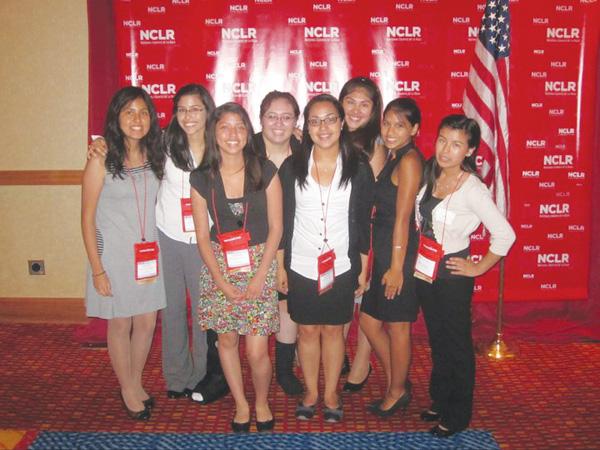
AHS is a highly transitive community—we see new faces joining the ranks of students already crowding the halls daily. Many of these new students are not only new to the area, but to the country. Reflecting the nation’s growing Latino population, there are now more Hispanic students walking the halls than those who hail from any other ethnicity.
In this sense, it strikes me as particularly ironic that as a nation of immigrants, the issue of immigration attracts such heated discourse.
Of course, the contention that lies within this issue is not new. Since the very inception of our nation, myriad descendants of newcomers have seem to renege on the promise of opportunity that they were afforded when their families arrived in the United States.
Nonetheless, President Obama’s re-election campaign focused heavily on the issue, as pollsters suggested that it would be a decisive factor in the decisions of many potential supporters. In fact, according to Gallup Polls, a vast 20 percent of Hispanics, a portion of the electorate that was faced with many campaign initiatives, indicated that they believed immigration was the most important issue of the election.
Many students seem to be confused about the current state of immigration in the U.S., and the reasoning behind the seeming resurgence of interest in the issue.
AHS’s Hispanic Leadership Club (HLC) is attempting to fix this. This year, the HLC will be heading to Washington, D.C. to attend a lobbying conference hosted by the National Council of La Raza (NCLR) in order to learn more about educating the AHS community on immigration.
“On Feb. 15 we will be hosting a banquet that will feature Mario Enriquez, a representative from the NCLR,” senior Andrea Lopez, president of the HLC, said.
Mr. Enriquez’s visit will precipitate the HLC’s preparation for the NCLR’s Day of Advocacy on Mar. 6 and 7.
“Since immigration is such a sensitive issue for many of our members, some of whom are undocumented, or know undocumented immigrants, I want to prepare our members for the meeting,” Lopez said.
This will not be the HLC’s first trip to the NCLR. The HLC last attended the NCLR’s Day of Advocacy in 2011.
“We worked really hard to raise enough money to attend the event,” alumna Darlene Reyes, president of the HLC from 2009-2011, said. “We learned about how to help properly inform our community of the misconception surrounding immigration.”
Whether or not confusion exists pertaining to this issue, there is certainly a vast amount of disagreement over immigration within AHS.
In our latest poll, we found that nearly half of AHS students think that our immigration system needs to be reformed to some extent, while the other half thought that the system is effective in its current state.
This certainly reflects the political dynamic of the issue on a national scale today.
Currently, there exist few sweeping federal laws pertaining to immigration. Federal immigration laws only address the naturalization process, federal parameters on the issuance of identification to immigrants and the the rights of immigrants in the federal judicial process.
Just like education, immigration has been an issue deemed to fall under the auspice of the states. This is why, in recent years, legislation enacted by states has varied so greatly in stringency and severity. Arizona, for example, recently passed a law pilloried by many politicians and pundits alike as strict and unjust. California, by comparison, just enacted a law that would allow for undocumented immigrants who have working permits to apply for state driver’s licenses.
Closer to home, Maryland recently passed a law, entitled the Maryland Dream Act, that would allow for undocumented immigrants who were brought to the United States at a young age to receive in-state tuition rates. Maryland counts itself among a cohort of eleven states that have similar legislation regarding tuition.
President Obama has pledged to reform the naturalization process and address the fallacies in our current immigration system. This, intrinsically, includes illegal immigration.
A component of President Obama’s plan is the passage of the Development, Relief, and Education for Alien Minors Act (the DREAM Act) through Congress. The DREAM Act would give illegal immigrants a chance to realize a pathway to citizenship by serving in the military for at least two years, or attending an accredited four-year institution of higher learning.
The DREAM Act, along with a whole smorgasbord of other proposed immigration legislation, is not new. In fact, the DREAM Act has been reintroduced to Congress every year since its debut in 2001.
The majority of AHS students think that some sort of pathway toward citizenship, like that constructed by the DREAM Act, should be provided to undocumented immigrants. This certainly reflects a desire for change in our legislation regarding immigration.
Regardless of the politics, Americans and AHS students alike are split over this issue. Clubs like the HLC are certainly aiming to have a role in this conversation.







